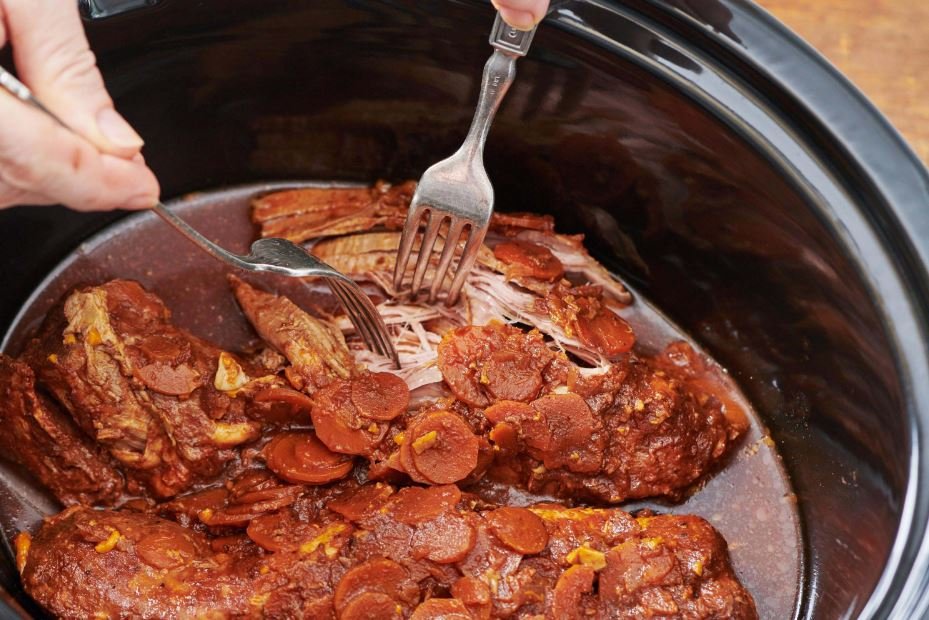As a staple ingredient for many countries across the globe, rice is one of the most popular, affordable, accessible, and versatile foods to cook, not to mention how it can quickly fill you up. One of the most asked questions in basic cooking is, “How many cups of water for 2 cups of rice?”
With different varieties of rice readily available, the cooking ratio for water to rice is not really clear. Back in the day, all you worried about was the generic white rice. However, we now have varieties ranging from wild rice, short-grain, long-grain, brown rice, and many more. Each type of rice has a distinct water-to-rice ratio, method, and cooking time. When discussing the amount of water for 2 cups of rice, then you have to put the type of rice in mind.
How Many Cups Of Water For 2 Cups Of Rice?
Because of the variation in the types of rice, there is no one-fit-all answer to the correct quantity of water to cook 2 cups of rice. Each type of rice has a different duration of cooking as well as a water ratio. Let’s break the water-to-rice ratio down by discussing the different types of rice separately.
1. Long-grain Rice
Naturally, long-grain rice requires less water than other varieties. Examples of long-grain rice include basmati and Jasmine rice. For every 2 cups of long-grain rice, you need 3 cups of water. Do you wonder why? Well, this is because long-grain rice is not required to become sticky when cooked.
With less water, your rice becomes less hydrated to achieve the delicious fluffy rice you want. Jasmine rice cooks for approximately 15 minutes, and then it is allowed to rest for 10 minutes while basmati rice cooks for 10-12 minutes.
2. Short-grain Rice
Generally, 1 part of rice is to go with 2 parts of water. This means for 2 cups of rice, and you need 4 cups of water to cook. This ratio cooks heavily processed rice perfectly.
Some heavily processed rice includes generic white rice, sushi rice, arborio rice, and a few types of brown rice(not all). Some people add salt when cooking rice, while others do not. If you opt for adding salt, the ratio is ½ teaspoon of salt to 1 cup of rice.
3. Brown Rice
There is really no specification for the ratio of water for brown rice. I noticed that it requires more water than long and short grains and less water than wild rice. It is safe to say it is in-between. Wild rice takes approximately 30 minutes to cook.
I’d advise you to have hot water in your electric kettle should you add a little bit when cooking. Also, remember to check the instructions on the package. It may save you by telling you the exact quantity of water you need
4. Wild Rice
Wild rice requires more water than any other type of rice. 2 cups of wild rice requires, strangely, 6 cups of water. But why so much water? I’m also wondering because there is no exact answer to it.
Probably because it is more robust and needs more moisture to soften, always look out for the instructions on the packaging when cooking any varietal rice you are not familiar with. Wild rice takes approximately 50 mins to cook, making the rice variety the longest cooking time.
How To Avoid Making Mushy Rice?
A mushy rice is a result of either too much water or cooking your rice far too long. Whatever the reason, no one likes a bowl of mushy rice, at least not when you didn’t plan for it to be mushy.
To avoid mushy rice, taste to check if the rice is done. If it’s tender, then you are done, but if it tastes crunchy or hard, then you need to add in some water and cook for a few more minutes. Always add hot water, as cold water may cause the rice to cool down and make it mushy. Ensure you use the proper rice-to-water ratio.
How To Fix An Overcooked Rice
When your rice absorbs too much water and becomes soggy, you do not have to throw it all out. There are a few strategies I use whenever my rice goes mushy. You may use one of the following to fix your rice when it gets mushy.
- If the rich are slightly overcooked and there is still water left, drain the excess water with a colander and rinse with water. Put it into the pot and heat it on the stovetop to dry off the remaining moisture.
- When your rice is a little overcooked, drain the water with a fine-mesh strainer and spread the rice in a thin layer on a baking sheet. Heat your oven to 350 degrees and reheat the rice for about five minutes. This method helps dry up the water and give you that texture you want.
- If the amount of water remaining in the rice is little but would get overcooked if you let it cool, then a piece of bread can come to your rescue. Place the bread on top of the rice, cover the pot, and allow the bread to rest for a few minutes. It will absorb the moisture in the pot completely.
How Can I Cook a Perfect Rice?
After getting the correct rice-to-water ratio, there are a few tips I would share that will ensure you have the perfect rice.
1. Cover with a tight lid
A tight lid will trap the steam. The steam will make the rice cook evenly and nicely without getting mushy.
2. Avoid peeking
It is okay to peek once or twice, but constantly opening the lead will allow the steam to escape. There will not be enough steam to cook the rice, and it may get dry or too mushy.
3. Use a wooden spoon
To fluff the grains, a wooden spoon is the best compared to a metal spoon. Wood is gentle and would not break the grains. You will have all your rice grains intact and evenly cooked.
4. Use the right pot size
Using a small pot for the quantity of rice will deprive it of enough room to cook evenly. Use a pot big enough for the rice to avoid boiling over.
5. Avoid overcooking the rice
When you check and your rice is tender from the outside with a slight bite from the inside, do not add more water. The remaining steam in the pot will cook inside before you dish the rice.
6. Simmer rather than boil
First, bring the pot to a boil, then lower the heat and allow the pot to simmer until the rice is well cooked.
7. Allow the rice to rest
After cooking, allow the rice to sit for 5-10 minutes. During this period, the rice will absorb any excess water, and the grain will settle. You can serve it with any accompanying dish of your choice.
What Are the Methods How To Repurpose Mushy Rice?
If you are at a point where your rice texture is unsalvageable, then you don’t have to throw it out yet. There are some fantastic ways to turn your mushy rice into a delicious delight. Some are
1. Fried Rice
This is a good choice if your rice isn’t too far gone. Drain out the excess water and run under cold water to help separate the grains and remove the excess starch. Allow it to sit in the strainer for a while, and then toast it in your oil of choice (coconut oil, soya oil, or Olive oil).
The rice will become crispy, then add your veggies and protein of choice and mix them together.
2. Porridge
How about a more versatile treatment? Add more water to make a Chinese congee or Japanese okayu, and enjoy it any time of the day.
You could also feed some to your toddler because it is easy to swallow and digest.
3. Rice pudding
You can make a dessert out of your mushy rice. Add a little water, milk, vanilla essence, and sugar to your taste to create rice pudding or Mexican Arroz con Leche. You can either enjoy this warm or refrigerate it to make it cold and pudding-like.
How Can I Fix Undercooked Rice

Unlike overcooked rice, it is easier to fix a bowl of undercooked rice because it is yet to absorb the right amount of water. When you notice your rice is crunchy and undercooked, especially brown or white rice, here’s a guide on how to fix it:
- Without a rice cooker, cooking rice can quickly go wrong. The good thing is you can always salvage your rice if it doesn’t meet your expectations. To save your undercooked rice, rehydrate the rice with about a quarter cup of warm water and cook.
- Cover the lid of the pot or rice cooker and continue cooking on low heat.
- Check after a few minutes, give it a fluff, and taste some to check if it is your desired result. If it’s not yet the texture you want, cover the pot and repeat the process.
How To Make My Rice Taste Better
Have you ever tasted rice and wondered what secret ingredient made it taste superb? Knowing the right amount of water to cook a certain quantity of rice isn’t enough. You need to know how to add some flavors to your rice to make it delicious. Some of the tips for adding flavors to your rice are:
- Instead of water, use chicken or beef broth to give an excellent taste and a pleasant, inviting aroma
- Sautée some onion, garlic, and vegetables of choice with your rice before cooking. It will add more colors, flavors, and nutrients.
- While cooking, add a few drops of olive oil or butter to the rice. It will add to the taste and also help in separating the grains.
- Add in some herbs and spices like curry, cumin, or turmeric for extra appealing color, aroma, and taste.
- For a rich, creamy flavor, use coconut milk, coconut water, or both in place of water. It will give a resulting coconut taste to your final meal
- You can add a little bit of honey or sugar for sweet rice. Adding some dried fruits, such as raisins and cranberries, will also enhance the sweetness of your rice.
- Top the rice with some nuts and seeds like cashew nuts or groundnuts.
- A splash of vinegar or lemon juice will also give your rice a kick of flavor and a delight to your taste buds.
How To Store Cooked Rice
Worry not if you happen to prepare more rice than you may need for one meal because you can always store your rice and use it some other time. Rice is one of the most accessible foods to store and reheat while retaining its texture and flavor. If you leave the rice at room temperature, it will last a few hours before it goes bad by developing a bacteria called bacillus cereus. When you consume any rice with this bacteria, it causes food poisoning.
To store it properly, place it in an airtight container and put it in the refrigerator. You can use the stored rice for three to five days. Whenever you want to eat, simply reheat it in the microwave or stove until it is hot all through. Avoid reheating more than once. When the quantity is too much, defrost and take the correct amount you can finish and microwave. Return the remaining to the fridge.
Conclusion
The standard generic white rice needs 4 cups of water to cook 2 cups of rice. Other rice varieties’ ratios differ. Short-grain rice (e.g., basmati and Jasmine rice) goes for a ratio of 2 cups of rice to 3 cups of water.
However, there are always instructions on the packaging of the rice you are using. You can always find the recommended amount of water per cup to achieve a bowl of fluffy rice.


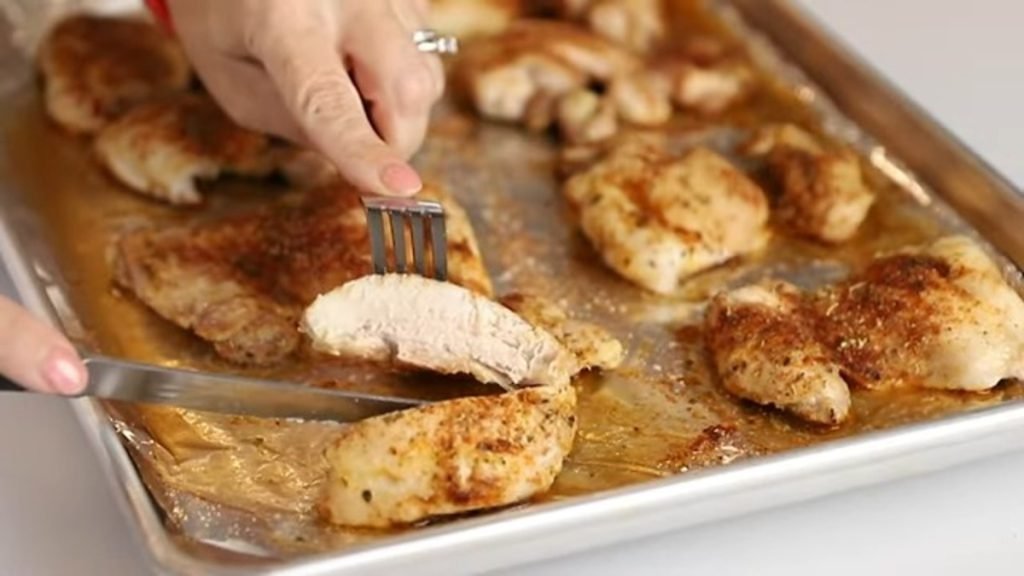


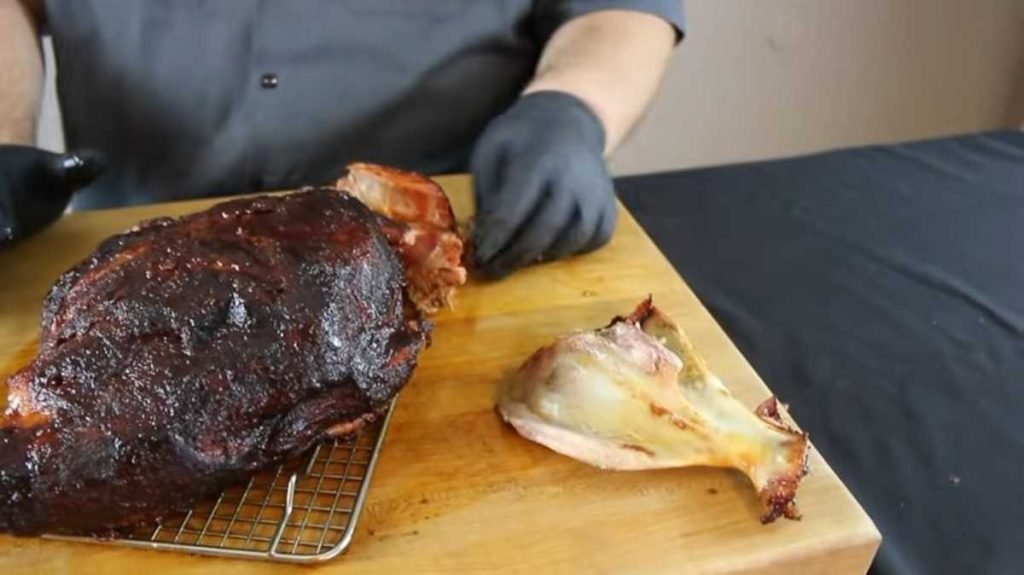
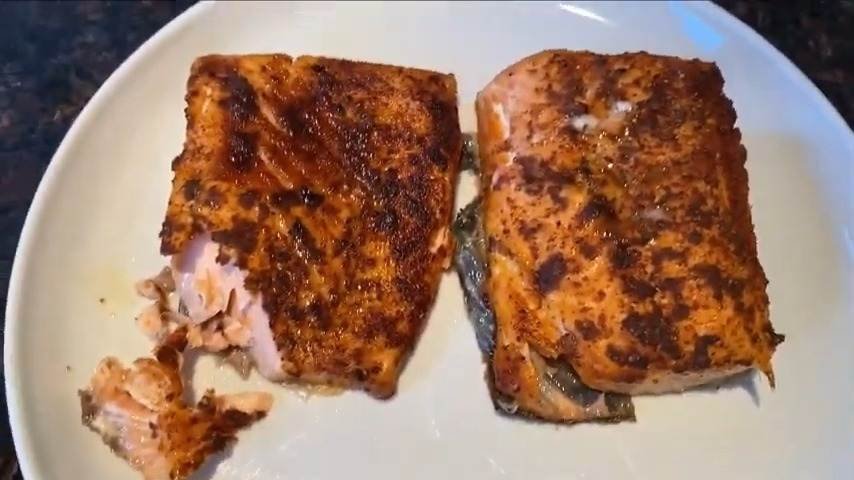

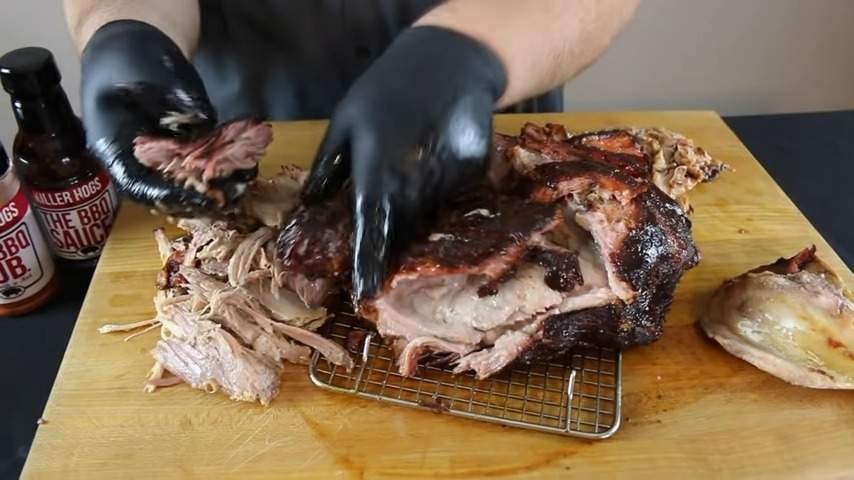
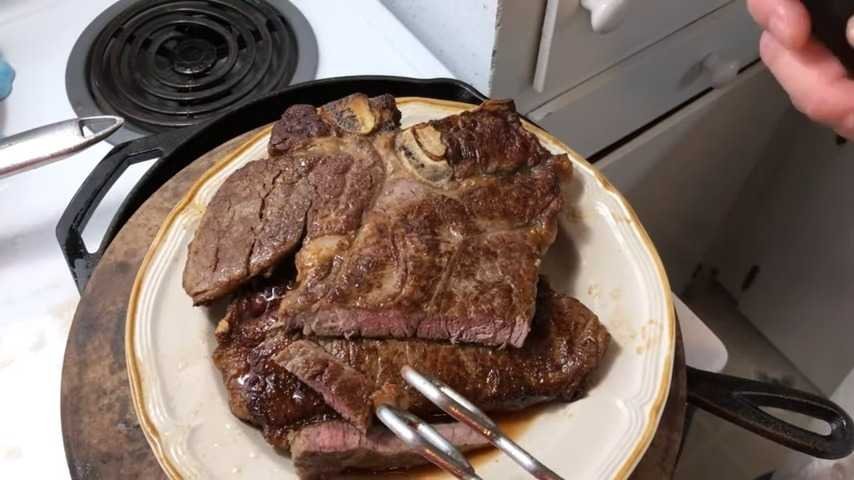
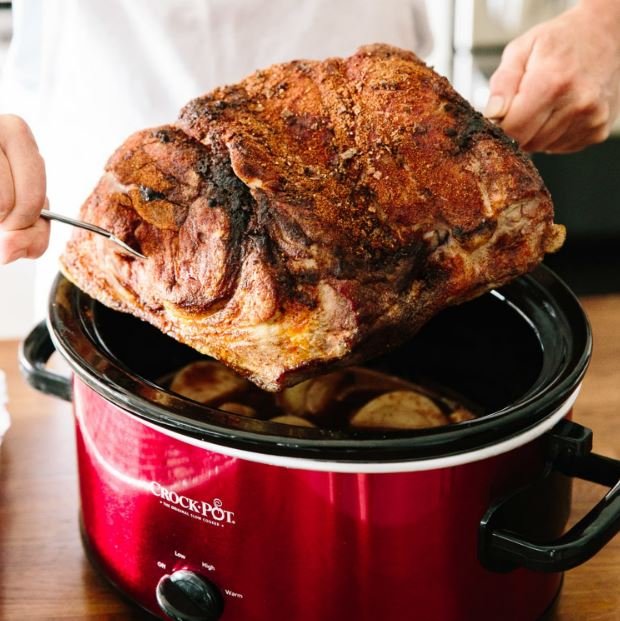
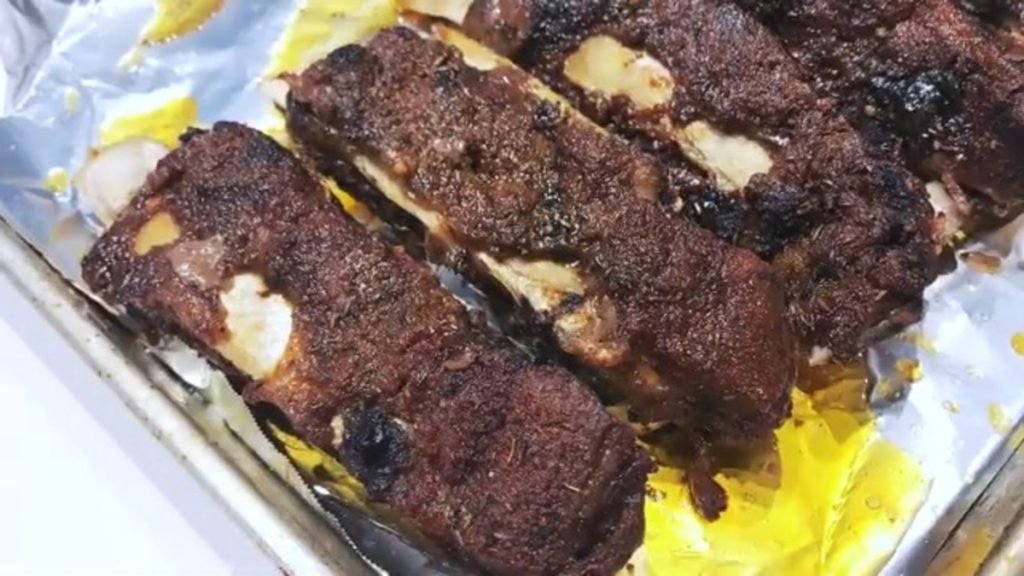
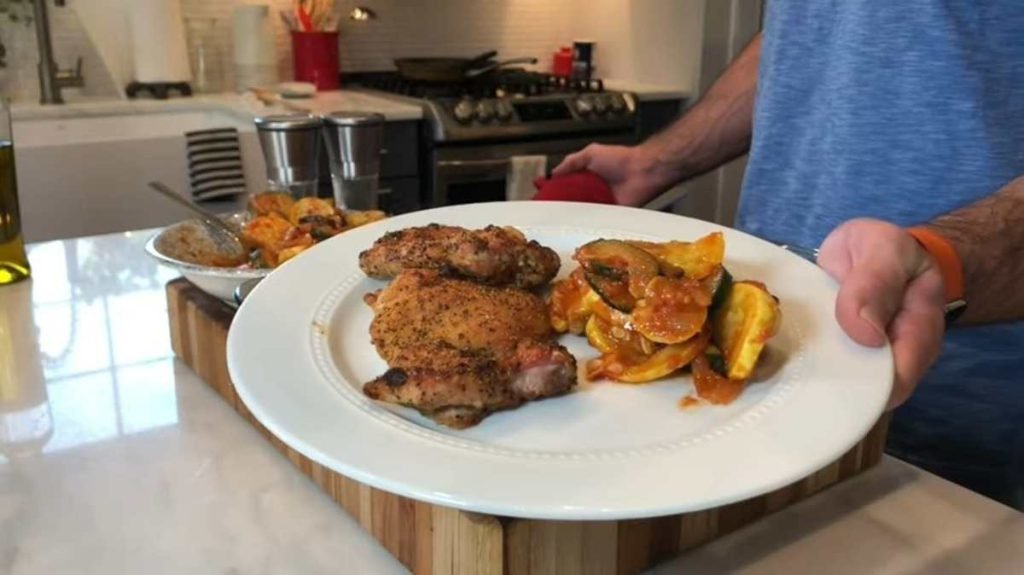
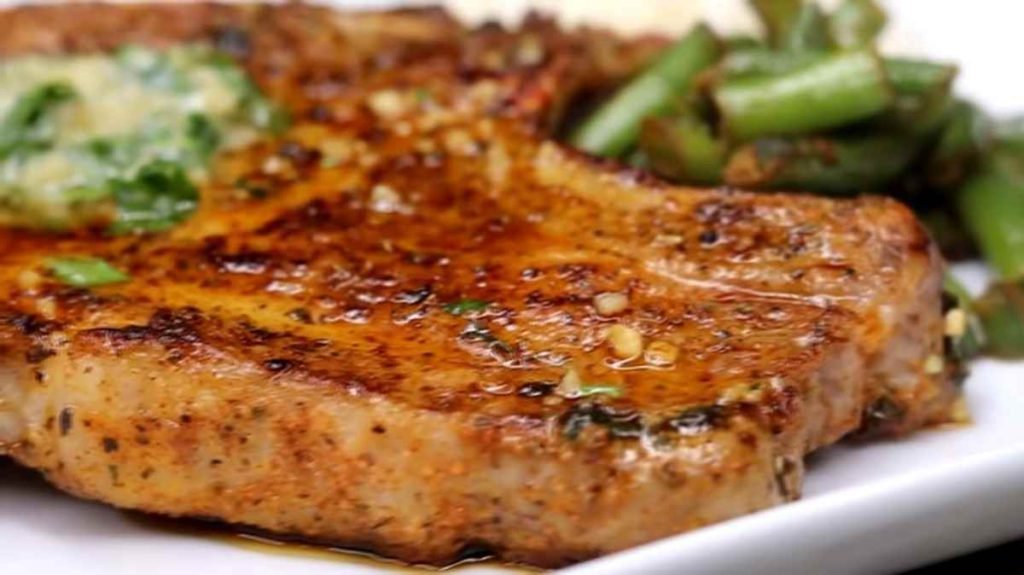
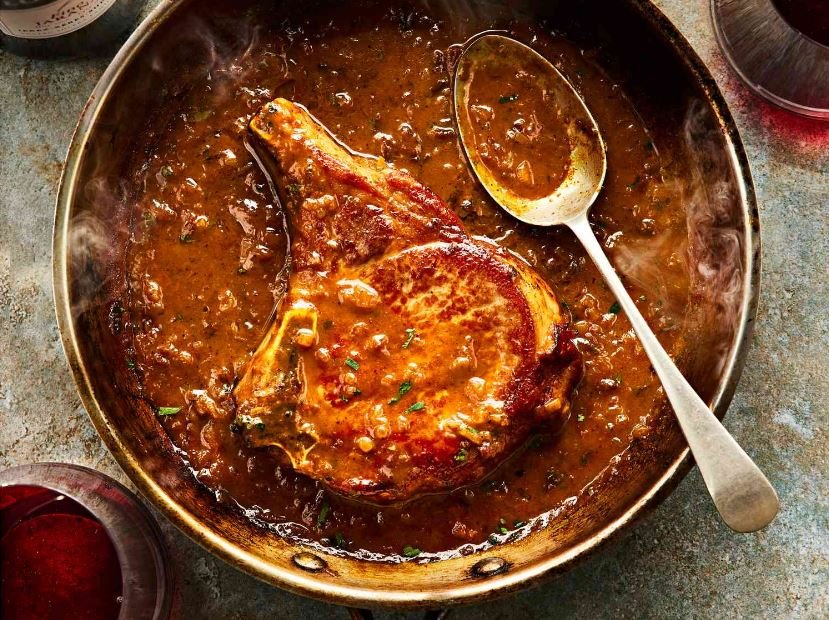
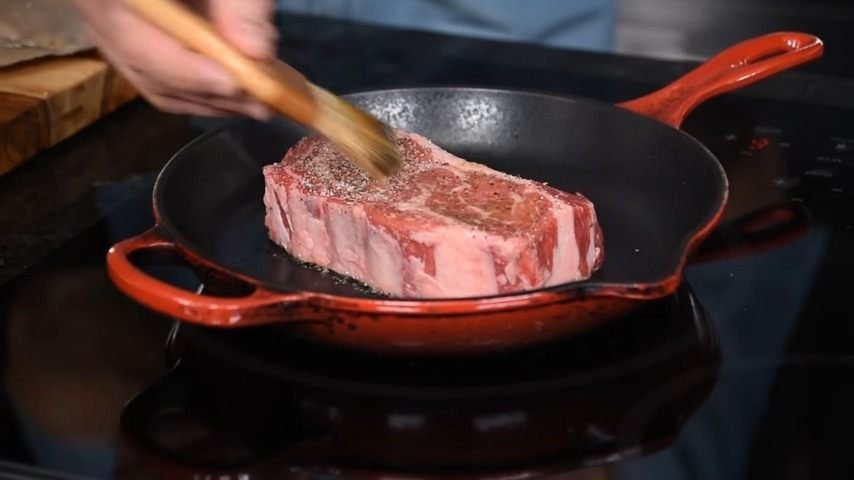


![How Long To Cook Short Ribs In Oven [FAQs and Tips]](https://shiftychevre.com/wp-content/uploads/2023/02/Oven-baked-beef-short-ribs-_-recipe-1024x575.jpg)
